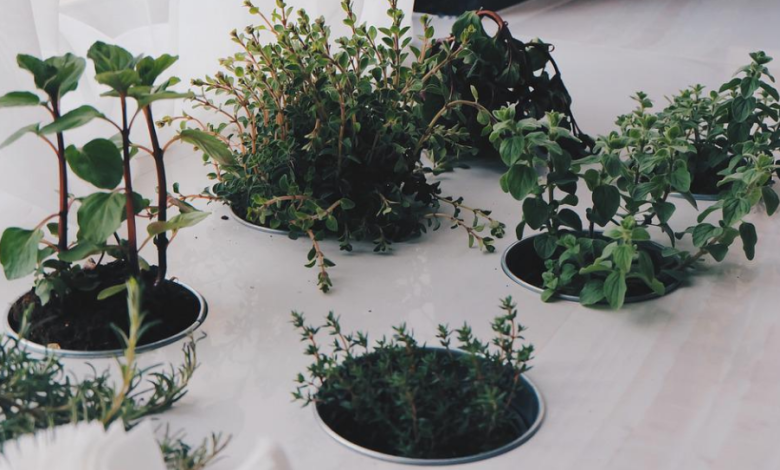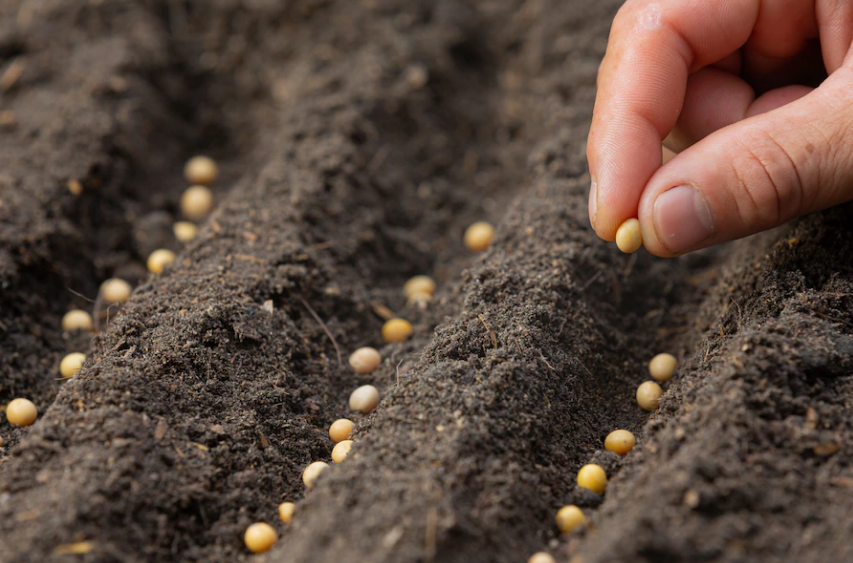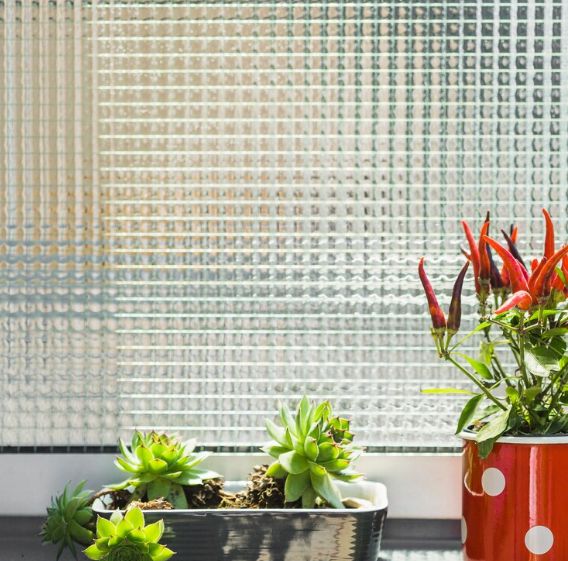Growing Food Indoors on Your Own: Beginner’s Guide
Investigating the option of growing food indoors? This guide is the only one you would need to start your journey to nutritious food.

There’s nothing better than cooking with fresh veggies and herbs that you have grown by yourself. It will save you trips to the grocery store, and you can readily make delicious food to entertain your friends and family. Proper sun exposure and having adequate space might present a challenge to growing food, but if you choose the right strategies, you can grow a lot of your food indoors.
If you are a beginner and want to grow food by utilizing your indoor space, there is nothing to worry about. The following guideline will facilitate you to begin your indoor gardening journey with ease. So, let’s get started.
Step by Step Beginner Tips for Growing Food Indoors:
Growing your food allows you to eat the freshest available produce: it gives you food security and a sense of accomplishment. Here are some secrets for setting up a successful indoor garden where you can enjoy fresh food with your family.
Start With the Easy Ones
Growing indoor food requires patience and the right strategies to reap its benefits. However, as a beginner, you should know which vegetables and fruits are the easiest to grow from seed. This will lead to a higher success rate, especially when you are doing it for the very first time. To get started, here’s the list of food choices and easy plants to grow inside.
- Cool-season veggies (carrots, brussels sprouts, broccoli, spinach, peas, microgreens, leafy greens, etc.).
- Herbs like thyme, peppermint, spearmint, oregano, basil, sage, rosemary, etc.
- Warm-season foods (eggplant, strawberry, tomato, peppers, citrus tree, etc.).
Select Fruits and Vegetables as Per the Available Space
You should keep in mind that all fruits and vegetables can’t be grown indoors as some require quite a lot of space to grow. For instance, indeterminate tomatoes and okra can reach up to 10 feet in height. It is good to select dwarf varieties of herbs, vegetables, peppers, figs, strawberries, etc., for their adequate growth.

Growing Food Indoors – Choose The Right Containers
The containers you choose for your indoor vegetable garden must have sufficient space for the plants to grow. The space capacity of containers significantly affects plant growth; therefore, choose wisely. The green veggies like kale, spinach, and lettuce need at least 5 inches of soil depth for their root development. The small bush or vine plants require at least 7 inches of soil depth, whereas root crops like turnips and carrots need more space for their root development.
Not to forget, you must invest in containers that come with drainage holes, drip trays, or saucers.
Invest in The Right Soil
You cannot just pick any kind of soil from outside to grow fruits and vegetables. There is a huge possibility you’ll bring dirt inside your home that will most likely damage your plants. It is best to opt for a sterile commercial organic potting mix as a growing medium for your plants.
Ensure The Light is Right to Maximize the Benefits
Light plays a vital part in the photosynthesis process of plants. Plants require light to bloom, grow, and produce seeds. Thus, it is imperative to keep the right light intensity so that plants can grow correctly.
Some plants require medium light, whereas others require high light intensity for their optimal growth. First, list down what you want to grow and then choose the right light. Usually, a south-facing window is a good choice where plants can get at least 6 hours of direct sunlight. However, if you do not have one, you need to pick a supplement source. For example, CMH grow lights (Ceramic Metal Halide) are good to pick for warm-season foods like tomatoes or cucumbers. Fluorescent lights are better for cool-tolerant and quick-growing crops.
Vertical Gardening Can Be Useful
Vertical gardening is beneficial when you do not have sufficient indoor spacing to grow plants. If you vertically organize the pots, you can start growing food indoors easily and in greater quantities.
For this, you need to position containers on different floors of stands. Ensure that your placement does not block light for pots positioned at the back. A good tip is to purchase a vertical garden stand for the best results.
Water Consistently
First, check the quality of water before watering your plants. If your water quality is a concern, it is best to boil it and use it after it cools down. You can also choose distilled water.
Next, water your plants consistently and maintain a nice balance as per the needs of different plants and their development stages. When roots become dry, it stops root development. Therefore, it is good to check the soil daily to know how much water your plants require.

Maintain A Stable Indoor Temperature
Maintaining a stable indoor temperature is essential so your indoor garden can thrive. Control indoor humidity and use an electric fan for better air circulation. High humidity levels give rise to fungal growth, which will ruin your efforts. Opening a window can help to control air humidity. You can also use a room humidifier to make things work better.
Cool-seasoned plants like spinach and lettuce (for instance) are best grown in temperatures that fall in the range of 65-70 degrees. Now, if the temperature rises above 80 degrees, they will simply deteriorate, and you won’t be able to enjoy the fruits of your labor.
Fertilize Right
Fertilizers provide essential nutrients to plants for their optimal growth: they help them reach their full potential, provided you follow the correct instructions. Experts recommend fertilizing with an organic and liquid fertilizer to enjoy a beautiful harvest.
Here is a general guideline to follow: for leafy green vegetables and herbs, it is best to fertilize on a monthly basis, whereas for fruiting plants, it is good to fertilize after every two weeks.
Final Thoughts
Growing foods indoors can be quite easy and fun if you follow the correct steps. Sure, you will still require a lot of patience and dedication for successful indoor gardening and the right supplies but consuming home-grown, nutritious food will pay for it all. We hope you have benefitted from the tips and tricks and will try indoor gardening to reap its countless benefits.





